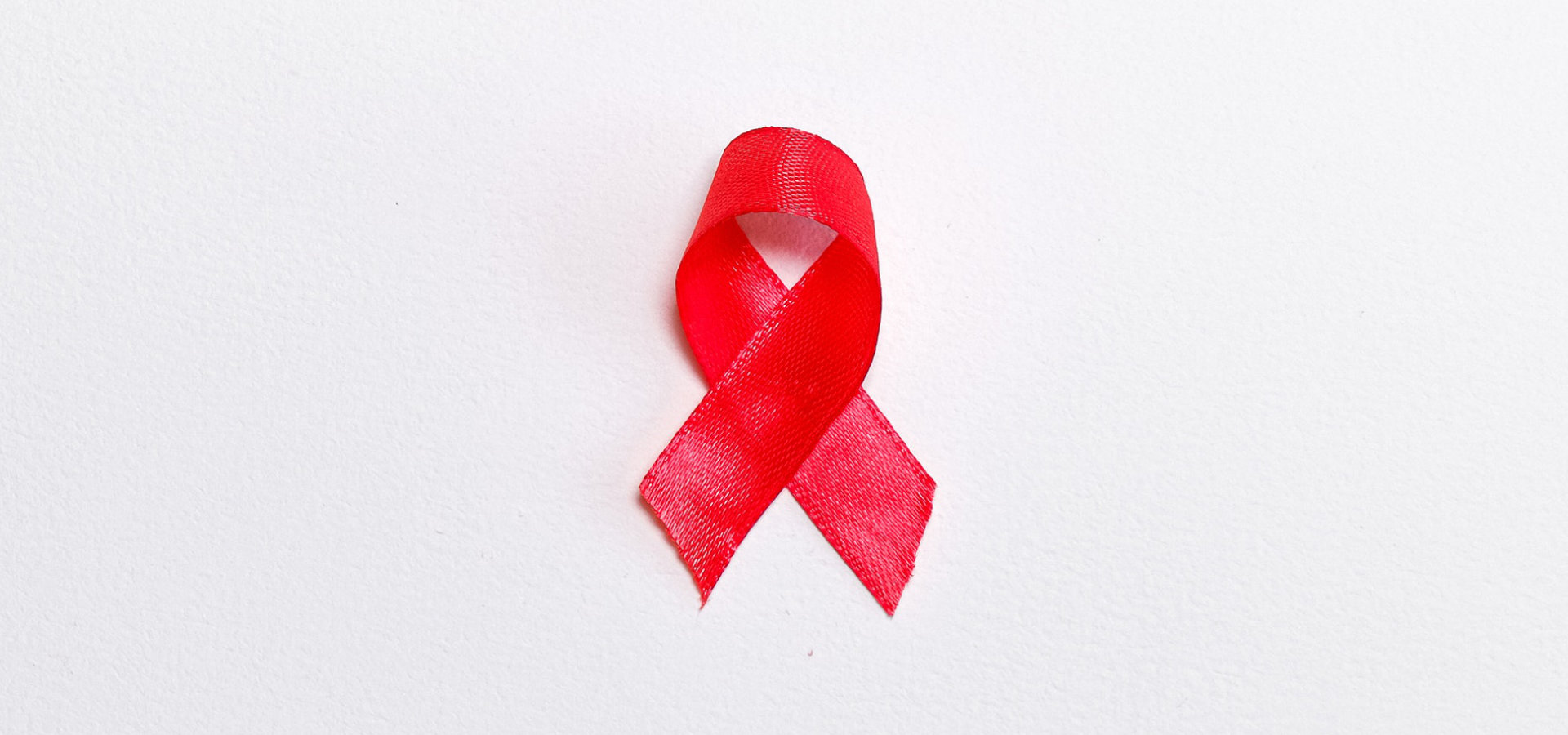The conclusion, which results from an article by the Instituto de Saúde Pública da Universidade do Porto (ISPUP), recently published in the journal Sexuality Research and Social Policy, took into account the eligibility criteria of the World Health Organization (WHO), the US Public Health Service and Centers for Disease Control and Prevention (US-CDC), the European AIDS Clinical Society (EACS), and the Portuguese National Health Service (PNHS).
As explained by Paula Meireles, the first author of the study, coordinated by Henrique Barros, “we need to focus on HIV prevention in this population, since there was an annual increase in the number of HIV notifications attributed to sex between men between 2007 and 2015. PrEP is one of the forms of HIV prevention, indicated for people who are at greater risk of contracting the infection, namely, individuals who have sex with HIV positive people who have the virus suppressed, people who do not use the condom consistently, those who have recently had a sexually transmitted infection or who have had post-exposure prophylaxis. Understanding the dimension of the variation in the indication for PrEP considering the current guidelines was important, and it is in this sense that this work arises”.
The researchers evaluated the variation for PrEP prescription, in a group of 3392 HIV-negative individuals enrolled in the Portuguese Lisbon Cohort of MSM, a Portuguese longitudinal study, started in 2011, which accompanies men who have sex with men, who are tested for HIV at CheckpointLX, a community-based center in Lisbon.
The authors used data from the first evaluation of the cohort’s participants, carried out between March 2014 and 2018. The information collected focused on sexual behaviour, type of partners and sexual relations practiced, use of condoms, use of psychoactive substances, existence of sexually transmitted infections, and the history of pre- and post-exposure prophylaxis.
Based on the behavioural characteristics of these participants, “we tried to understand, who would have an indication for PrEP, considering the main guidelines currently existing”, says Paula Meireles.
According to the EACS criteria, the study found that 46.5% of the participants in the cohort would have an indication for PrEP and that, according to the US-CDC guidelines, this estimate would be 67.7%. This is a difference of more than 20 percentage points.
“These results show us that, depending on the indicators that are included in the guidelines, there is a great variation in the proportion of eligible individuals and this has implications, namely, in the distribution of resources and in the approach to risk prediction. We see that the same person can be classified differently depending on the criteria”, notes the researcher.
“To get around the problem, there may be an effort to standardize the existing guidelines, but it may also be possible to move to a model of prescription of the drug more focused on assessing whether PrEP is a good prevention option, appropriate for that person’s needs and preferences”, she adds.
The article entitled Eligibility for Pre-exposure Prophylaxis According to Different Guidelines in a Cohort of HIV-Negative Men Who Have Sex with Men in Lisbon, Portugal was developed within the Unidade de Investigação em Epidemiologia (EPIUnit) of ISPUP. The researchers Michael Plankey, Miguel Rocha, Jesus Rojas and João Brito also participated in the work.
Image: Pixabay/tomash40



